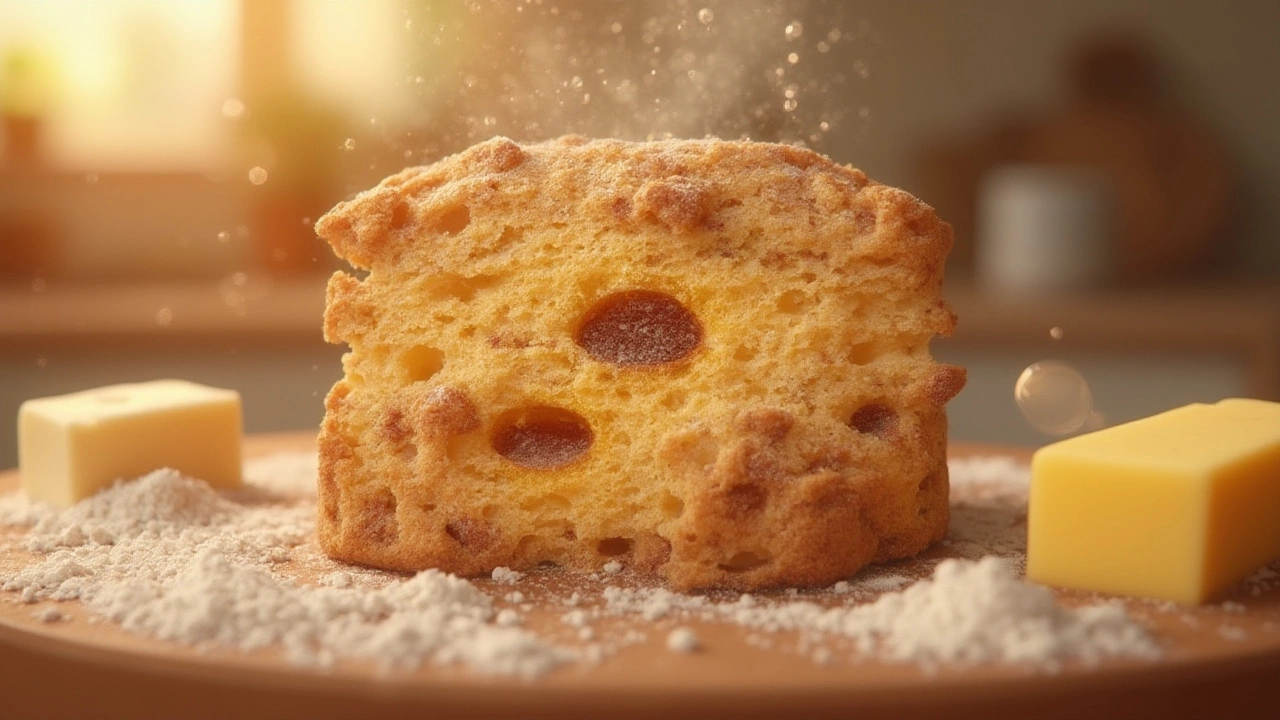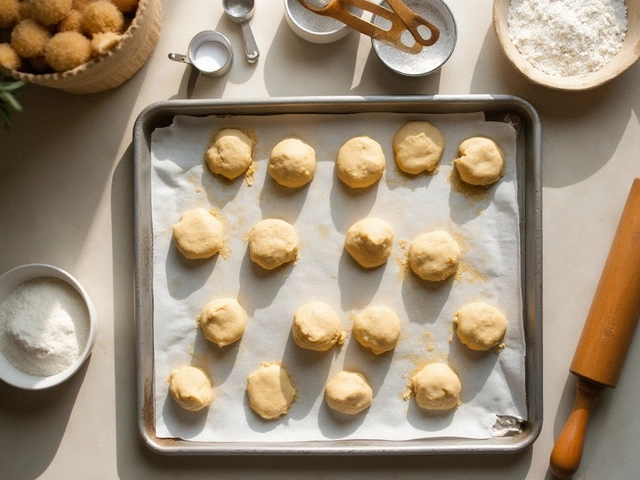What Makes Cookies Rise?
Ever pulled a batch of cookies out of the oven and wondered why they stayed flat? Or why some spread out while others puff up nicely? The answer lies in a handful of ingredients and a few temperature tricks. Below are the practical things that actually lift your cookies.
Leavening agents: baking soda vs. baking powder
Baking soda is a single‑acting base. It needs an acid—like brown sugar, yogurt, or lemon juice—to create carbon dioxide bubbles. Those bubbles push the dough upward, giving you a little rise. If you leave out the acid, soda won’t work right and the cookies stay flat.
Baking powder contains both an acid and a base, plus a little starch to keep them separate. It reacts twice: once when you mix the wet and dry ingredients, and again when the heat hits the oven. Using powder gives a more reliable lift, especially if your recipe doesn’t have a natural acid.
Rule of thumb: about 1/4 teaspoon of baking soda per cup of flour, or 1 teaspoon of baking powder per cup of flour. Adjust a bit if you’re adding a lot of extra sugar or butter.
Butter, sugar, and temperature tricks
Butter does more than add flavor. When it’s softened but still cool, it holds air pockets that expand in the oven. Too cold and the dough stays stiff; too warm and the butter melts before the oven even gets hot, causing a flat cookie.
Use a mix of brown and white sugar. Brown sugar brings moisture and a slight acidity that works with baking soda, while white sugar helps the cookie spread. The balance affects how much the cookie rises and how crisp the edges become.
Don’t forget the oven temperature. Baking at 350°F (175°C) is a safe middle ground. If you crank it up to 425°F, the outside sets before the inside can rise, leaving a flat, crunchy cookie. A lower temp (around 325°F) lets the dough expand more before it hardens, giving a puffier result.
Finally, a quick tip: after mixing, let the dough rest for 10‑15 minutes. This gives the flour time to hydrate and the leaveners a chance to start reacting. The result is a steadier lift and a more even crumb.
Put these ideas together—choose the right leavener, keep your butter at the right temperature, balance your sugars, and bake at a moderate heat—and you’ll see a noticeable rise in your cookies. No fancy equipment, just a few tweaks and you’ll get that bakery‑style puff every time.

Why Cookies Rise: The Science Behind Puffy, Chewy Goodness
Explore what makes cookies rise, from leavening agents to oven tricks. Learn how ingredients and science work together for irresistible, puffy treats.
View More




